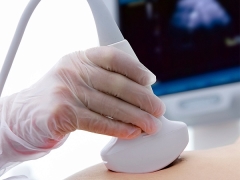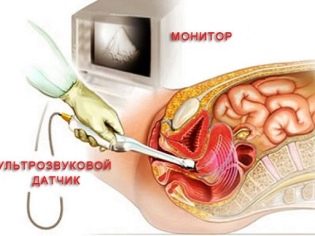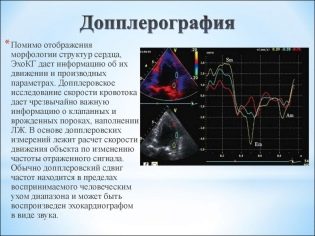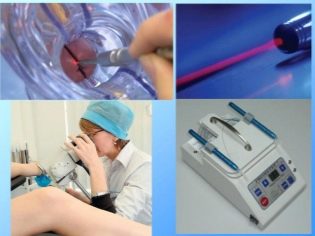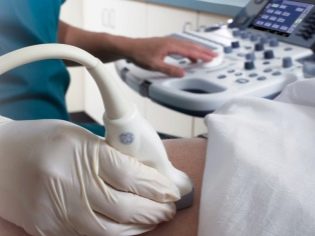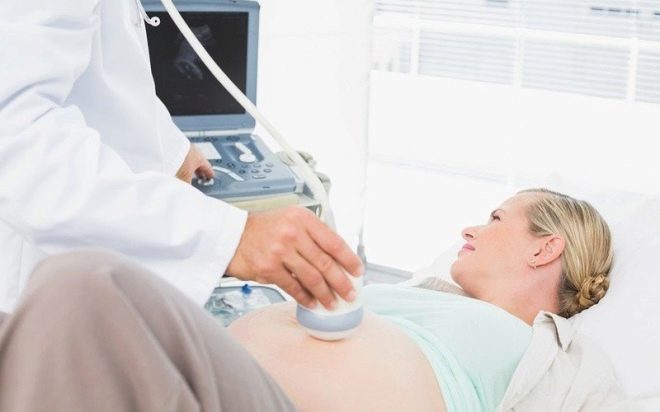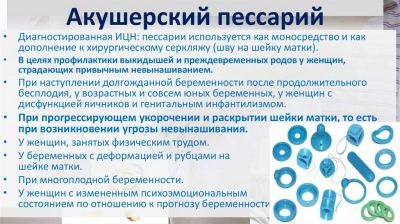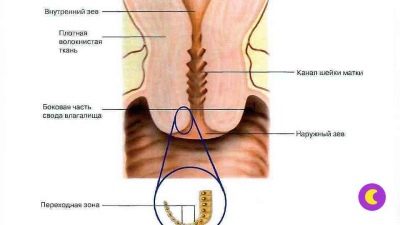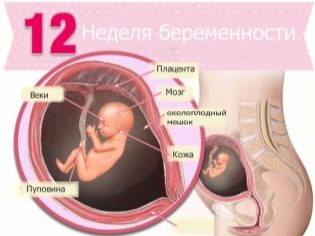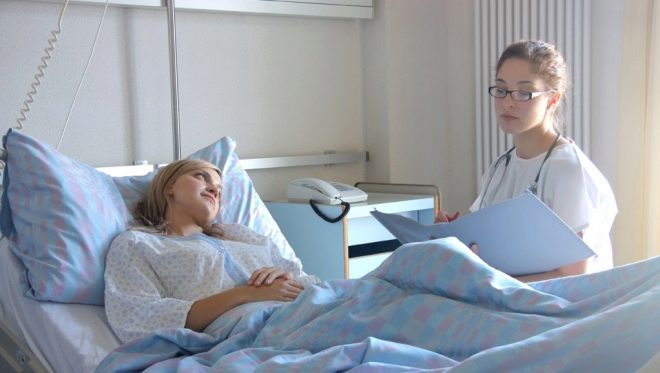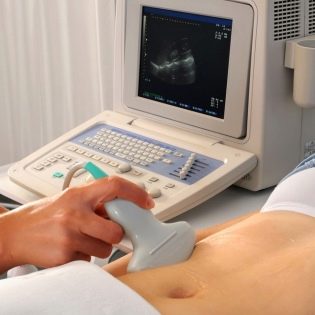What is cervicometry, and how is it done during pregnancy?
For how the process of carrying a baby, the doctors are watching very carefully. To do this, they assign the future mom a whole range of different studies. One of these tests performed during pregnancy is cervicometry.
What it is?
Under cervicometry, experts mean the method of ultrasound examination of the cervix. Using this method, doctors can estimate the length and other parameters of this organ. Also with the help of ultrasound, you can estimate the size of the outer and inner throat of the cervix.
The examination is carried out using a transvaginal sensor. Thanks to this method, it is much easier for a specialist to estimate the necessary parameters. As a rule, this diagnostic procedure is painless and well tolerated by a pregnant woman.
This method is widespread. It is based on the reflection of ultrasonic waves from various biological structures of the body. This study is widely used in various countries. It is important to note that it can be carried out not only in the hospital, but also in the usual clinic.
Often, other methods of research are needed to identify various pathologies. One of them is dopler This auxiliary research method allows to evaluate the blood flow through the main blood vessels of the uterus.
The use of this survey is necessary in order to identify the pathology of the blood supply to the reproductive organs at the earliest stages of their formation. Doppler sonography allows you to simply determine the heart rate of the fetus.
If the doctor reveals any significant changes in the diagnostic procedure, then Required compilation of a set of recommendations. This is necessary so that a pregnant woman can bear and give birth to a healthy baby.
Indications for
This research method is carried out for certain medical reasons. The decision on the need for his appointment is made by a gynecologist, observing a woman during pregnancy. In some cases, a specialist may appoint a future mother to undergo cervicometry even several times.
This study is shown to women who carry several babies at once.. In this case, more careful medical monitoring of the condition of the cervix and the width of its channel is required.
If a pregnant woman has recently undergone any surgery on the reproductive organs, then she will also need to perform cervicometry. It is especially important to conduct this examination for women who had surgery or underwent cervical laser therapy several months before the onset of conception.
If the expectant mother is present with cervical insufficiency, then she will also need to conduct this research method. In this situation, the risk of miscarriage in the first half of pregnancy is very high. In order to prevent this dangerous condition, it is necessary to determine the main parameters studied.
Too short length of the cervical canal of the uterus - another clinical indication to conduct this research method. As a rule, such a condition is an individual feature and is present in a woman from birth. However, various pathologies, as well as surgeries performed on this organ, can lead to shortening of the cervix.
In some cases, you can conduct a survey and the omission of the cervix. In this situation, the need to conduct sets an obstetrician-gynecologist. As a rule, this pathology requires sufficient careful monitoring by the doctors of the health of the reproductive organs of the expectant mother.
If a woman is experiencing pain in the abdomen, or she is constantly determined hypertonicity of the uterus, then she may also need to conduct this study. In this case, the doctor is very important to exclude dangerous pathologies that may become a threat to preterm birth.
How is the procedure?
Research can be carried out by different methods. As a rule, the most commonly used transvaginal sensor. Many future mothers prefer to undergo transabdominal research. However, it is worth remembering that the choice of the required method of diagnosis remains for the attending physician.
The examination should be entrusted to an experienced and qualified specialist. This is especially important if the expectant mother has any pathology of the reproductive organs. In this case, the accuracy of the results is very important.
A study is conducted in a regular room for ultrasound. The duration of the diagnostic procedure may be different. This largely depends on the experience of the specialist who conducts the study. Typically, the duration of the examination is 20-30 minutes.
The doctor, examining the organs with a transvaginal or transabdominal sensor, sees the result on a special monitor. The resolution of modern devices makes it possible to identify various pathologies quite easily.
Special training for the survey is not required. If the study is conducted in the antenatal clinic, then the expectant mother should bring a towel with her. It will be required in order to put it on a couch before the survey.
If the study is performed using a transvaginal sensor, then it is not necessary to pre-fill the bladder. Before the procedure, the expectant mother should go to the toilet and urinate. This will make it easier for her to transfer this study.
Many women are afraid that during the study, the doctor may carry an infection with the transvaginal sensor. Immediately it should be said that it is excluded. All medical instruments and devices are carefully processed using special disinfectants.
In this case, the risk of infection of the future mother and fetus is insignificant. Also, before carrying out each diagnostic procedure, an individual condom is put on the ultrasound sensor.
The rates of the studied parameters
Parameters evaluated may be different. This affects a lot of reasons. So, during the first pregnancy, as a rule, all estimated indicators are significantly less. If a woman gave birth several times, or she had a previous pregnancy with twins, then in this case the norms of the studied parameters also differ.
Also, when conducting a study, it is very important to remember which week it is being held. Indicators of the survey at 16-17 weeks will differ from those at 20-22 week.
Cervical Length
The norm of this estimated parameter is an indicator equal to 30 mm. If at the period of 17 weeks of pregnancy, the length of the cervix in a pregnant woman is 25-29 mm, then in that case you should not panic. In this situation It is very important to conduct dynamic monitoring of the further course of pregnancy.
It often happens that in miniature women, the cervix has a small length.
Also, the small size of the reproductive organ may be in expectant mothers, who before pregnancy have a small body mass index.
Too dilated cervical canal already at 24-25 weeks of pregnancy is a rather dangerous condition. According to statistics, if a pregnant woman has a cervix less than 25 mm, then the risk of premature birth is 15-18%.
With a length of the cervix of less than 20 mm, this figure is already 25-28%. And only 50% of pregnant women will be able to carry the baby before the prescribed period of birth, if their cervix is less than 15 mm long.
If, against the background of shortening of the uterus, the expectant mother has pain in the lower abdomen, then this condition can be dangerous. The probability of spontaneous miscarriage increases many times. In such situation compulsory medical intervention required.
In this case, the doctor may put stitches on the cervix before the 20th week of pregnancy. They remain for several months. In some cases, the stitches are removed from the neck only at 37-38 weeks of gestation. If the pathology manifested itself after 20 weeks, then the doctor will install a special medical ring. It's called obstetric pessary.
Also, future mothers are given certain recommendations for correcting her daily routine. In this case, any intense physical activity and weight lifting are limited. You may also need to wear a special bandage.
Form of internal throat
This clinical parameter can also be determined during cervicometry. Normally, the internal pharynx resembles the letter "T". In this state, the cervix is completely closed.
If it matures too early, the shape changes. It becomes similar to the letter “Y”, then “V”, and later on “U”. It is also extremely unfavorable if the shape of the inner throat resembles an hourglass.
This is due to the fact that the fetal bladder begins to prolabirovki down.
How long does it take?
This research method can be conducted at different periods of pregnancy. As a rule, the examination is carried out at 12-22 week.
If the risk of premature birth or spontaneous abortion is too high, then the study can be carried out much earlier - at 14-15 weeks. In the future, to check the status of the method can be repeated. In this case, cervicometry is already performed at week 20-21.
How many times can you do?
If necessary, this type of examination can be conducted in the dynamics. As a rule, if the pregnant woman revealed any pathology 15-17 weeks of pregnancythen she will be “re-examined” for “control”. It is usually performed in 2-3 weeks.
Women with isthmic-cervical insufficiency may also undergo this study more frequently.
If a woman is in the hospital "on preservation" because of the high risk of preterm birth, then her cervicometry is performed for strict medical reasons.
Is this research harmful for a pregnant woman and her baby?
You should not be afraid of this research method for future mothers. This method is practically no different from the usual ultrasound. Of course, during the ultrasound the fetus is affected by waves of a certain frequency. However, the short duration of the study ensures that no harm is done to the baby.
Currently, for the study used special modes "M" and "B". They allow the doctor to get a lot of necessary information, but it does not bring any harm to the child.
If the examination is carried out in a transvaginal way, then after it is performed, the woman may have a bloody discharge from the vagina. To panic about this is not worth it.
This symptom is completely transient and must pass on its own within a few days.
To make such discharge stop, Expectant mothers should rest more for 1-2 days after the examination. At this time it is also necessary to eliminate intense physical exertion. If this symptom does not disappear within a week, then in such a situation it is necessary to consult with a doctor.
About what is cervicometry, see the following video.
